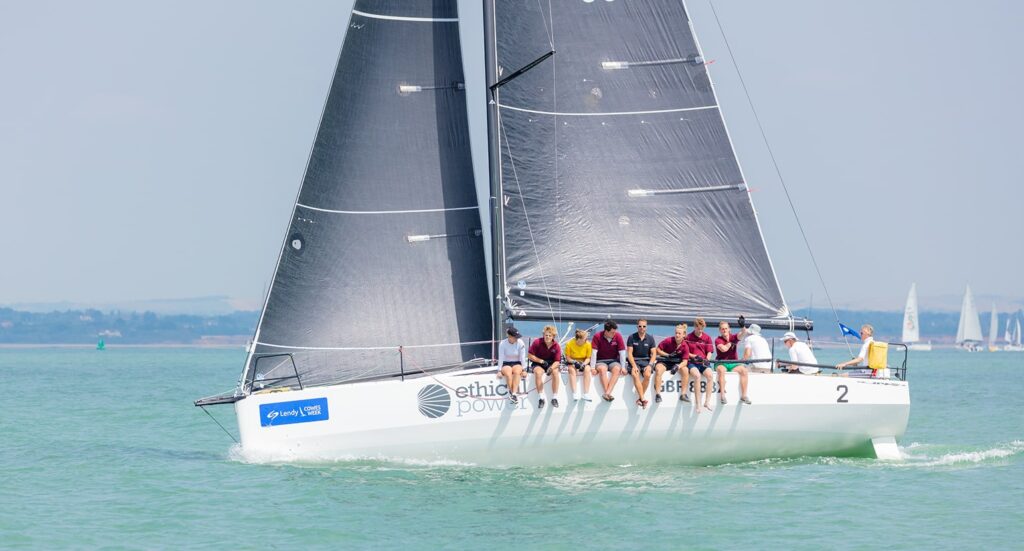On Thursday, Ikea will be launching a limited edition 10-piece clothing and accessories range in Australia, both online and in-stores. Could this be a publicity stunt or the beginnings of the Swedish furniture giant expanding into a lifestyle brand?
Ikea’s Efterträda collection debuted in Japan last year, then was released in Singapore, Thailand and South Korea, featuring t-shirts, hoodies, towels, water bottles, tote bags and key rings, adorned with the Ikea logo. Some of the pieces even feature a genuine Ikea barcode which, when scanned, reveals product information.
“It’s a natural extension [for Ikea] to become a fashion and lifestyle brand. People love and trust the brand for intelligent fashionable quirky and affordable end-to-end solutions for home products. Ikea has certainly earned credibility to pursue it,” said Nicole Miranda, head of client services at ad agency Spinach.
“Or it could just be stunt for publicity or to test the waters!”
By offering a highly exclusive range, Ikea has sought to generated buzz and excitement around its launch on social media, pointed out Miranda. It has also successfully created a sense of FOMO (fear of missing out) among some consumers.
“New news and noise could test another way of driving bricks-and-mortar frequency, and online traffic. Alternatively, they may become the innovators in apparel trends, and develop ongoing collections such as the H&M designer capsule ranges,” she observed.
It’s not the first time furniture retailers have become lifestyle brands. Ikea itself already successfully offers food and in-house dining options. Meanwhile, its Japanese competitor Muji also sells apparel and accessories alongside homewares and furnishings.
“However, I can’t see apparel being a key growth lever for Ikea, unless they have exhausted levers like new geographies and channels,” predicted Rosanna Iacono, retail expert and The Growth Activists partner. “[Ikea] is still very under-penetrated in e-commerce, and that alone represents a much greater growth opportunity than having to deal with the complexity of introducing a completely new category.”
The challenges of entering the competitive clothing sector
If Ikea permanently extends to clothing, it would be moving into a fiercely competitive category dominated by major players like Kmart, which competes on everyday low prices, said Miranda.
“Ikea would also go head-to-head in the high-low competitive landscape [with] pure online, specialty and department stores,” Miranda added.
Given Ikea largely relies on a large bricks-and-mortar network with its own geographical limitations – a different model compared to most fashion retailers – it would also need to boost its e-commerce offering and dominate online, she said. In addition, given the seasonal nature of apparel, Ikea would need to develop a speed-to-market model similar to fast fashion retailers like Zara.
While there has been much publicity around Ikea’s new apparel offering, at the end of the day, it’s really only offering two items of clothing – a t-shirt and a hoodie, pointed out Iacono, who describes it as “fan merch” rather than a clothing range. In fact, given the range is aimed at hardcore Ikea fans and collectors of limited edition merchandise, she believes it is really just “a hype exercise” for the brand.
“So whilst there has been much hype about Ikea getting into fashion I don’t feel this offering is a clear signal that Ikea wants to get into apparel,” Iacono said.
“However, should they wish to go into this category further, I have no doubt that they would easily acquire the talent and capability to develop, market and sell a successful range, particularly if they stick to what they are good at, which is seasonless basics with a contemporary twist.”




